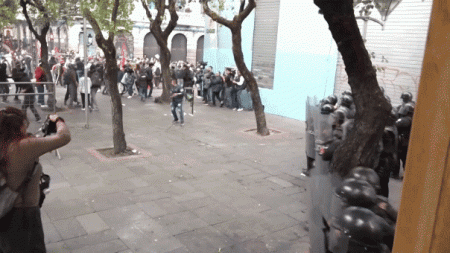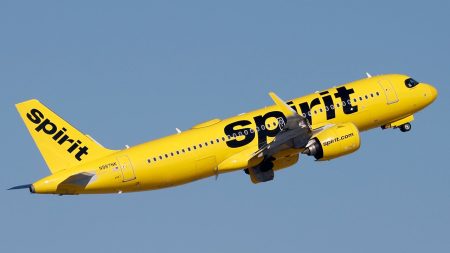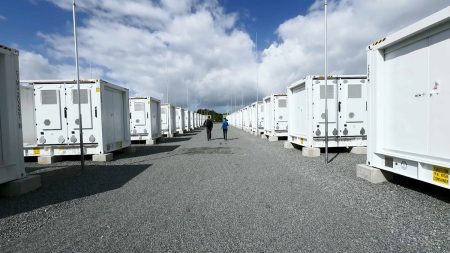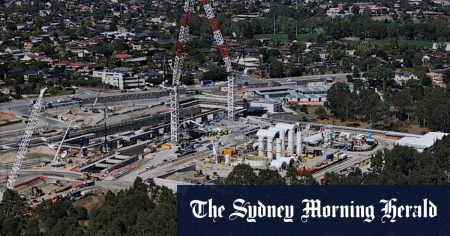NORAD recently detected Russian military aircraft off the coast of Alaska for the fourth time since 9/11. Two Russian IL-38 military planes were tracked in the Alaska Air Defense Identification Zone (ADIZ) but did not enter U.S. or Canadian sovereign airspace. This activity, while regular, was not deemed a threat. The U.S. and Canada together make up NORAD, which detected the Russian aircraft and asserted they remained in international airspace. In previous incidents earlier in the week, Russian military aircraft were also detected in Alaska’s ADIZ but were not considered threatening.
The recent incidents involving Russian military aircraft off the coast of Alaska come at a time of heightened tensions between the U.S. and Russia. President Vladimir Putin has made threats of war with NATO, further adding to the strained relations between the two countries. Despite the regularity of Russian activity in the Alaska ADIZ, NORAD remains vigilant in monitoring and tracking such aircraft to ensure the safety and security of North America. The U.S. and Canada have intercepted Russian military aircraft multiple times in recent days, with NORAD employing its defense network of satellites, ground-based and airborne radars, and fighter aircraft to detect and track these planes.
NORAD has a layered defense network in place to monitor and respond to potential threats to North America. An ADIZ is an international airspace that requires the identification of all aircraft for national security purposes. NORAD is prepared to employ various response options to defend the region against any potential threats. Earlier this summer, NORAD intercepted Russian and Chinese bombers operating together near Alaska for the first time, highlighting the ongoing tensions between these countries and the need for heightened surveillance and monitoring.
The recent incidents involving Russian military aircraft near Alaska underscore the importance of ongoing surveillance and monitoring by organizations like NORAD to ensure the safety and security of North America. The U.S. and Canada work together within NORAD to track and respond to potential threats, particularly from foreign military aircraft that may enter international airspace near their borders. Despite the regularity of these incidents, NORAD remains vigilant in its efforts to defend against any potential threats and to maintain the security of the region.
The U.S. faces continued pressure to allow Russia to strike inside Ukraine with U.S. missiles, adding another layer of complexity to the already strained relations between the two countries. With President Putin’s threats of war with NATO, the ongoing surveillance and monitoring of Russian military activity near Alaska are of utmost importance to ensure the safety and security of North America. NORAD’s defense network provides a critical layer of defense against potential threats, with satellites, ground-based and airborne radars, and fighter aircraft all working together to detect and track any foreign military aircraft in the region.
In conclusion, NORAD’s recent detection of Russian military aircraft near Alaska highlights the ongoing tensions between the U.S. and Russia and the importance of maintaining surveillance and monitoring to ensure the safety and security of North America. With President Putin’s threats of war with NATO and continued pressure to allow Russia to strike inside Ukraine, the region faces heightened risks and challenges. NORAD’s defense network is crucial in detecting and responding to potential threats, with the organization prepared to employ various response options to defend against any perceived dangers. Ongoing vigilance and cooperation between the U.S. and Canada within NORAD are essential in maintaining the security of the region against potential threats.













